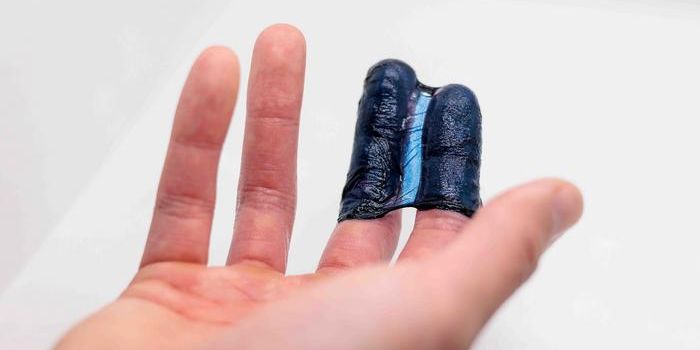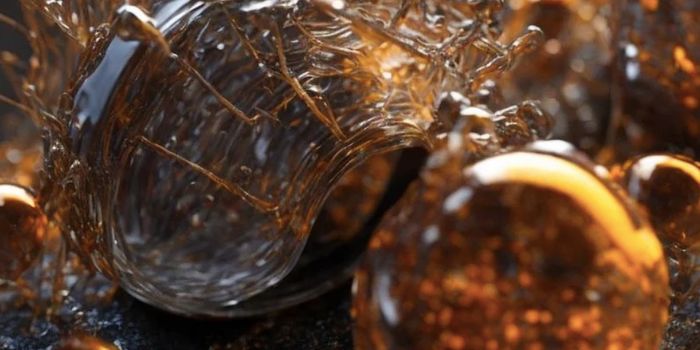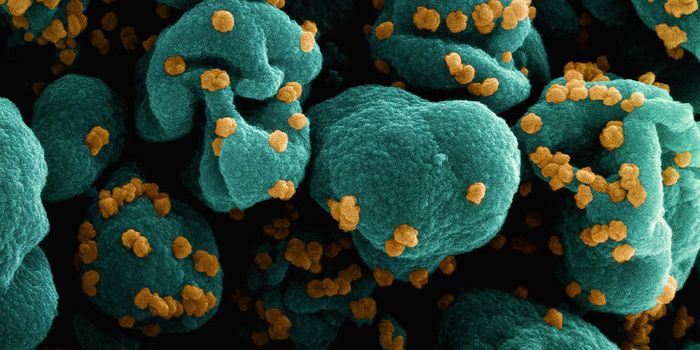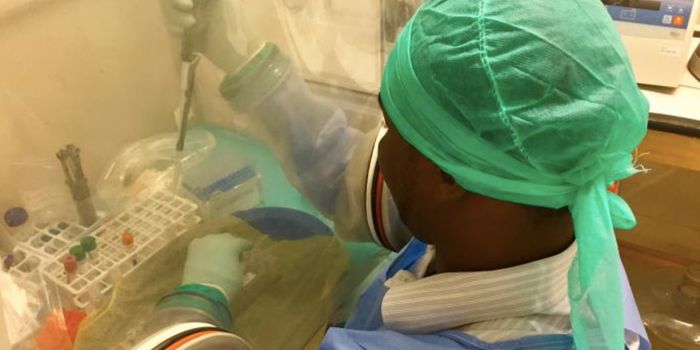Why Sponges are Especially Good Homes for Bacteria
We all know that kitchen sponges can harbor lots of microbes. Even when they're washed with detergent or heated in the microwave, they don't seem to get very clean. But new research has shown that the microbes in sponges aren't thriving just because of the damp environment that's full of bits and particles of food. When microbes are grown purposefully, whether it's at industrial scale or in small cultures in the lab, it's often in a container of liquid. This work suggests that microbes prefer some structure.
In a community of different microbes, some will prefer the diversity, while other strains grow more efficiently on their own. Like soil, which has nooks and crannies, a sponge seems to create a home that both microbes like to live in. These findings have been reported in Nature Chemical Biology.
"We've demonstrated that in a complex community that has both positive and negative interactions between species, there is an intermediate amount of integration that will maximize its overall coexistence," explained Lingchong You, a professor of biomedical engineering at Duke University.
In this study, roughly 80 different strains of Escherichia coli, bacteria commonly used in the research lab, were mixed together in different combinations in wells of liquid of varying sizes. Larger wells were meant to mimic environments where bacteria can easily move around and mix together, while the smaller wells confined the microbes in places where they could live on their own.
The results were similar for different habitats. Small wells that initially contained a handful of species developed into communities with only one or two strains still surviving, while large wells that hosted a huge number of strains were also whittled down to one or two species. There seems to be a 'Goldilocks zone' for the microbes.
"The small portioning really hurt the species that depend on interactions with other species to survive," and large portioning removed loner types that can't handle all the interactions, You said. "But the intermediate portioning allowed a maximum diversity of survivors in the microbial community."
Sponges can mimic the separation that microbes prefer, while also creating different sized spaces for their communities to live in.
The researchers confirmed this by growing microbes on strips of household sponges. They found that microbes grew better in the sponges than they did in laboratory equipment.
"As it turns out, a sponge is a very simple way to implement multilevel portioning to enhance the overall microbial community," You said. "Maybe that's why it's a really dirty thing -- the structure of a sponge just makes a perfect home for microbes."
Sources: Duke University, Nature Chemical Biology









